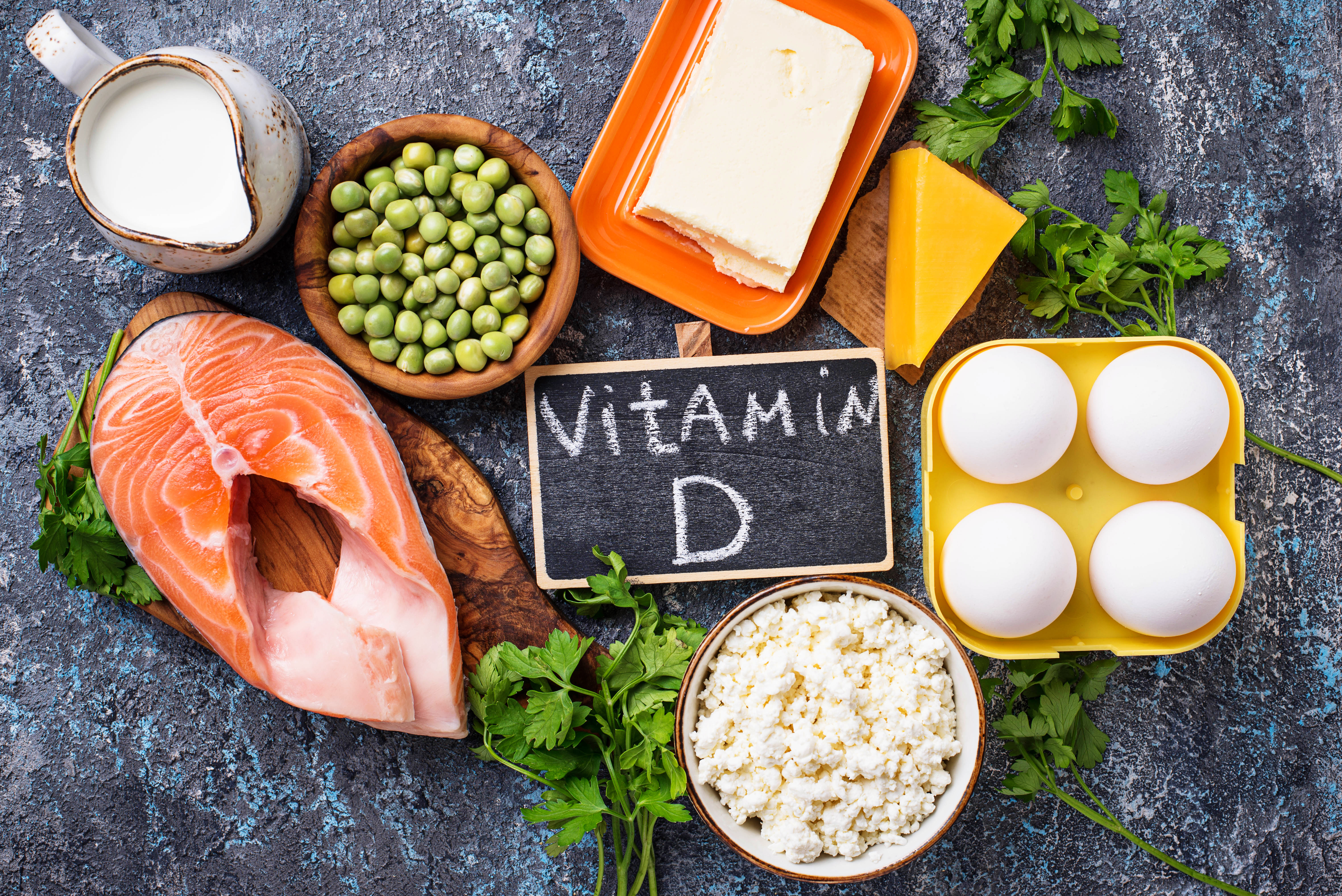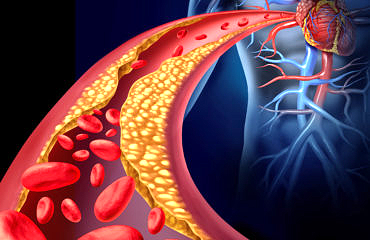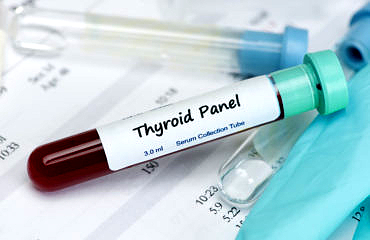Vitamin D Deficiency in African-Americans

Vitamin D deficiency in African-Americans
African-Americans need to spend more time in the sun and supplement with a natural vitamin D3. A recent study by The National Health and Nutrition Examination Survey found that nearly 82% of blacks are deficient in vitamin D; however half of the overall population is vitamin D deficient, regardless of race.
Melanin, a natural pigment in the body that determines skin and hair color, protects the skin against ultraviolet light and affects the skin’s ability to activate pre-vitamin D. Individuals with lighter skin can produce an adequate amount of vitamin D from natural sunlight exposure in about 15 minutes a day during the summer. But darker-skinned individuals require as much as 90 minutes in the sun to produce the same amount. The darker the skin, the less vitamin D you produce. This may be why many darker-skinned people, especially in North America, are more prone to vitamin D deficiency than lighter-skinned people.
A “hidden epidemic”
Some experts have called vitamin D deficiency a “hidden epidemic”. Commonly known for its role in maintaining bone health, insufficient amounts of Vitamin D is also associated with respiratory diseases, muscle weakness, psoriasis, chronic kidney disease, asthma, depression and gum disease. As a result of vitamin D deficiency, this may be a reason why individuals of African descent are more prone to chronic illnesses, such as cancer, diabetes and heart disease.
Do you know your vitamin D levels?
You may not even be aware that you are deficient in vitamin D, so it’s important that you get tested. A normal serum reading is between 32 and 100 ng/mL. Depending on your level of deficiency, you may have to supplement from 4,000 to 10,000 IU of vitamin D3 per day to get you vitamin D up to an optimal level.
What about oral vitamin D?
Keep in mind that vitamin D is not a stand-alone vitamin. To perform many functions, it must work in cooperation with other vitamins like magnesium, calcium, and vitamin K2. Be aware that if you are taking oral vitamin D you may be causing additional problems if you are not getting sufficient vitamin K2. The role of vitamin K2 is to transport calcium from your arterial walls to your bone. If you are supplementing with oral vitamin D and not getting enough vitamin K2, you may be doing more harm than good. Deficiency in vitamin K2 has been linked to cardiovascular disease, stroke, and heart attacks.
Food sources of vitamin D, magnesium, calcium and K2
There are also great food sources of vitamin D, including fatty fish such as salmon, tuna or mackerel. Smaller amounts of the vitamin are found in beef liver, eggs, mushrooms and ricotta cheese.
Magnesium and calcium is found in green leafy vegetables such as spinach and kale. K2 is found in grass-fed, organic animal products, fermented foods and some cheeses. That’s why it is always important to get a variety of whole foods in your diet.
If you would like to get your vitamin D levels check and would like information on the safest supplement for you, contact us at hello@DrLeona.com.
For more information about healthy shopping, download our free shopping guide at www.HealthyShoppingHabits.com.




